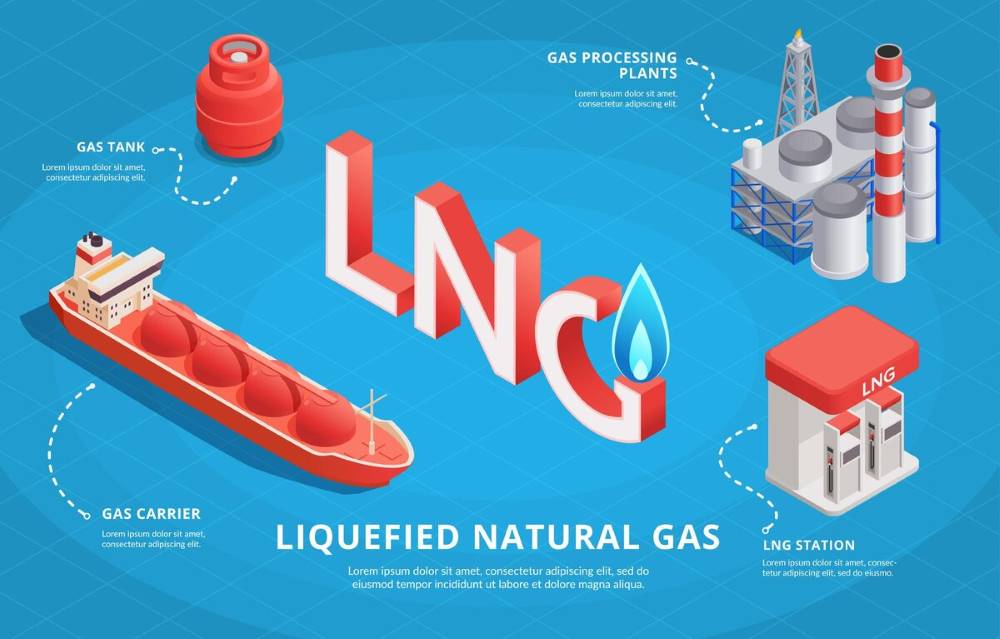Gas refinerie are essential for the energy industry and are crucial in processing and purifying natural gas and other hydrocarbons. While the primary goal of all gas refinerie is to convert raw gas into usable products, these facilities can vary significantly in their design, processes, and functions. This blog post will delve into the diverse types of gas refinerie, shedding light on their unique characteristics and contributions to the energy sector.
Gas Refineries
Before diving into the various types of gas refinerie, let’s begin with a brief overview of what they are and why they are essential.
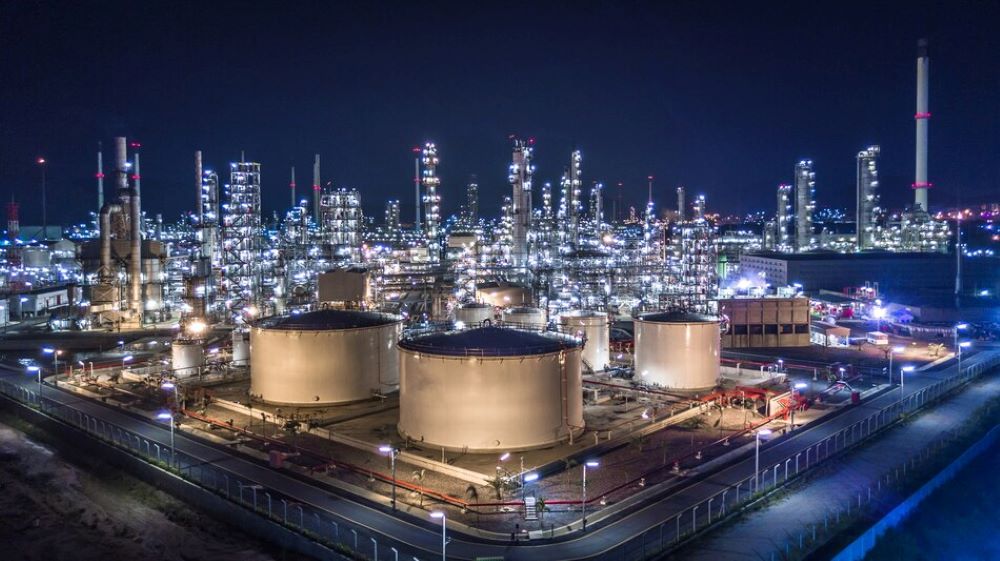
Gas refinerie, also known as natural gas processing plants, are industrial facilities designed to process raw natural gas extracted from underground reservoirs or wells. Raw natural gas typically contains impurities and various hydrocarbons, and the primary purpose of the gas refinery is to separate, purify, and transform this raw gas into marketable products such as pipeline-quality natural gas, liquefied petroleum gas (LPG), and various petrochemical feedstocks.
Now, let’s explore the diversity within the world of gas refineries:
1. Natural Gas Processing Plants
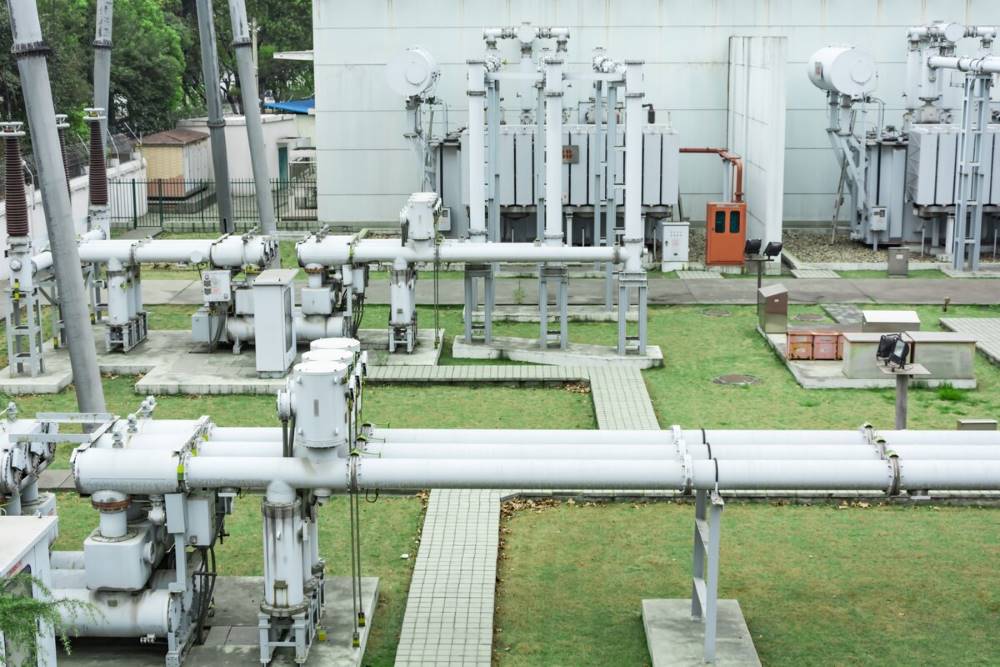
Natural gas processing plants are the most common type of gas refinery. They focus on removing impurities, such as water vapor, hydrogen sulfide, and carbon dioxide, from raw natural gas to meet pipeline specifications. The processed natural gas is transported to end-users or further processing facilities through pipelines. These plants are essential for ensuring the quality and safety of natural gas before it enters the distribution network.
2. Petrochemical Refineries
Petrochemical refineries, often called gas-to-liquids (GTL), specialize in converting natural gas into valuable petrochemical feedstocks and products. These refineries use advanced technologies to transform natural gas into products like synthetic fuels, chemicals, and lubricants. Petrochemical refineries are instrumental in diversifying the product portfolio derived from natural gas.
3. Liquefied Natural Gas (LNG) Facilities
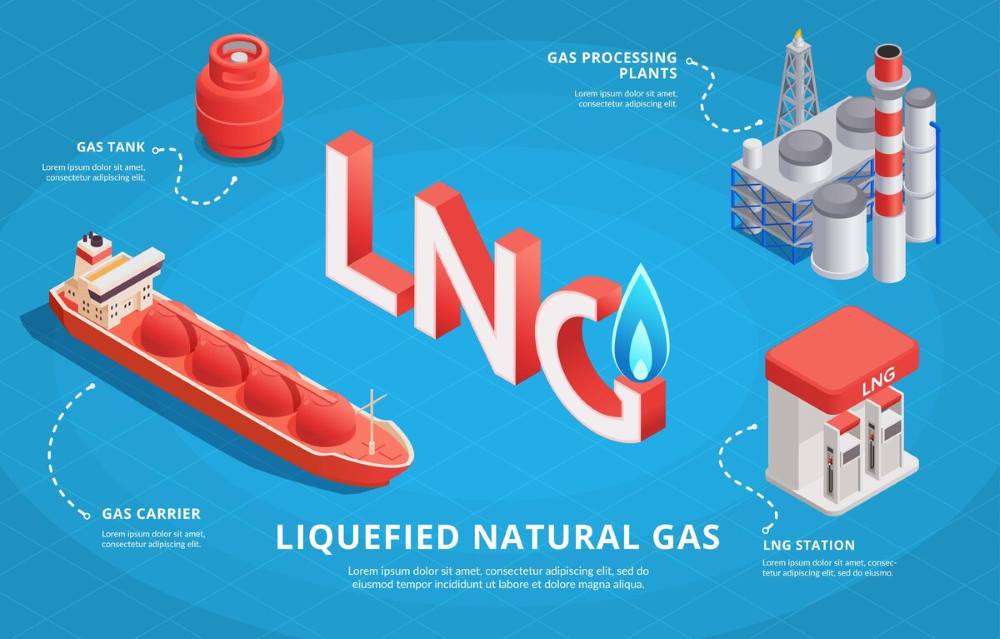
Liquefied Natural Gas (LNG) facilities are designed to liquefy natural gas for easier storage and transportation. LNG is created by cooling natural gas to extremely low temperatures, reducing its volume significantly. These facilities are crucial for exporting natural gas to regions without pipeline infrastructure or long-distance transportation. LNG has become a vital component of the global energy trade.
4. Gas Storage Facilities
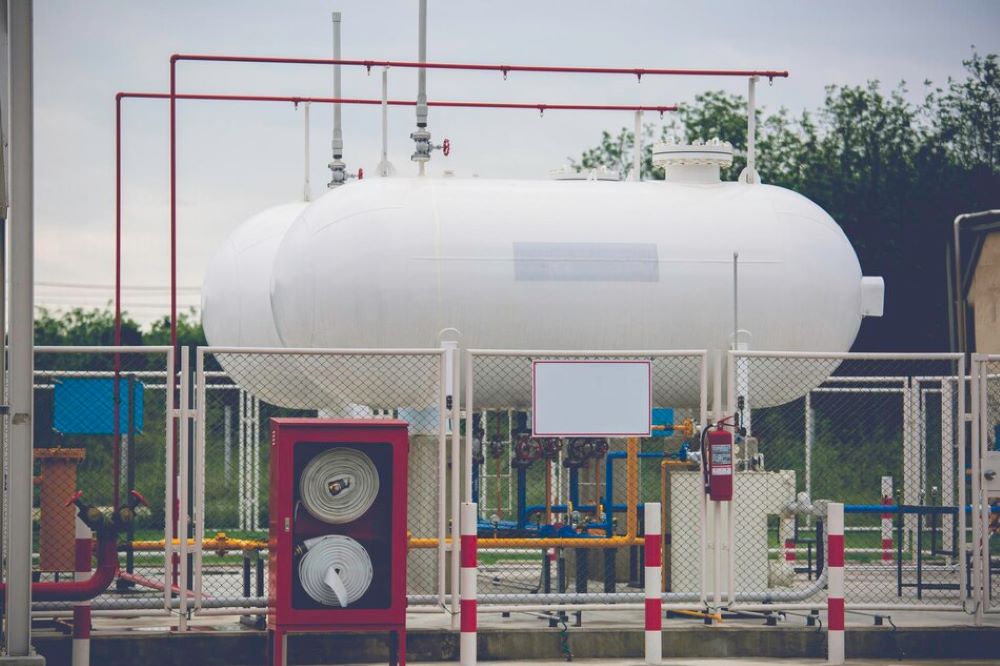
Gas storage facilities are crucial in maintaining a stable natural gas supply. These facilities store excess natural gas during periods of low demand and release it when demand is high. Common storage options include underground caverns, depleted gas reservoirs, and salt domes. These facilities help balance supply and demand, ensuring a reliable energy supply.
5. Fractionation Plants
Fractionation plants are specialized gas refinerie that separate natural gas liquids (NGLs) from raw natural gas. NGLs, including ethane, propane, butane, and pentane, have various industrial and commercial applications. Fractionation plants extract these valuable liquids, used as feedstocks for the petrochemical industry, as fuel, and in various other applications.
Conclusion
In conclusion, gas refinerie come in various forms, each with a unique purpose and function within the energy industry. Whether it’s purifying natural gas for distribution, converting it into petrochemical feedstocks, liquefying it for transportation, or storing it for future use, these facilities are essential for meeting the diverse energy needs of our modern world. Understanding the diversity of gas refinerie allows us to appreciate the complexity of the energy supply chain and the vital role these facilities play in delivering clean and efficient energy resources to consumers worldwide.
As the energy sector evolves, so will the technologies and processes used in gas refinerie. With ongoing advancements in sustainability and efficiency, gas refinerie are poised to play an increasingly significant role in transitioning to a more sustainable energy future.
Pros of Gas Refineries:
Energy Production: Gas refinerie are essential for processing natural gas, a clean-burning and efficient energy source for heating, electricity generation, and various industrial applications.
Economic Benefits: Gas refinerie contribute significantly by creating jobs, generating revenue, and supporting related industries, such as manufacturing and petrochemicals.
Energy Security: Gas refinerie ensure a stable and reliable natural gas supply, reducing dependence on foreign energy sources.
Diverse Product Portfolio: Gas refinerie produce a wide range of valuable products, including natural gas, liquefied petroleum gas (LPG), petrochemical feedstocks, and specialty chemicals, contributing to the versatility of the energy sector.
Technological Advancements: Gas refinerie drive technological innovation with ongoing improvements in efficiency, safety measures, and environmental performance.
Environmental Benefits: Modern gas refinerie incorporate advanced technologies to reduce emissions and environmental impact, contributing to cleaner air and reduced greenhouse gas emissions.
Cons of Gas Refineries:
Environmental Impact: Gas refinerie can have negative environmental effects, including air and water pollution, habitat disruption, and the release of greenhouse gases.
Resource Consumption: Gas refineries require substantial amounts of water and energy for their operations, which can strain local resources and contribute to water scarcity and increased energy consumption.
Safety Concerns: Despite rigorous safety measures, accidents in gas refinerie can result in significant environmental damage, human casualties, and community disruptions.
Dependency on Fossil Fuels: Gas refinerie are primarily associated with fossil fuels, contributing to carbon emissions and climate change. This dependence can slow the transition to cleaner energy sources.
Regulatory Compliance: Meeting strict environmental and safety regulations can be costly and time-consuming for gas refinerie, potentially affecting profitability and competitiveness.
Limited Sustainability Initiatives: While many gas refinerie actively pursue sustainability initiatives, there is room for improvement in reducing environmental impact and transitioning to greener practices.
In summary, gas refinerie play a vital role in energy production and the economy, but they also come with environmental and safety challenges. As the energy sector evolves, efforts are being made to mitigate the negative aspects of gas refinerie while maximizing their positive contributions to society.
“Gas Refineries FAQ:
Q1: What is a gas refinery, and what does it do?
A gas refinery, a natural gas processing plant, is an industrial facility designed to process and purify raw natural gas extracted from underground reservoirs or wells. Its primary purpose is to separate impurities and hydrocarbons from raw gas to produce marketable products like pipeline-quality natural gas, liquefied petroleum gas (LPG), and petrochemical feedstocks.
Q2: What are the different types of gas refinerie?
Gas refinerie come in various types, including natural gas processing plants, petrochemical refineries, liquefied natural gas (LNG) facilities, gas storage facilities, and fractionation plants. Each type serves specific purposes within the energy industry.
Q3: How do gas refinerie contribute to the economy?
Gas refinerie contribute to the economy by creating jobs, generating revenue by selling refined products, and supporting related industries such as manufacturing and petrochemicals. They play a vital role in economic growth and energy security.
Q4: What are the environmental challenges associated with gas refinerie?
Gas refinerie can have environmental impacts, including air and water pollution, habitat disruption, and the release of greenhouse gases. However, modern refineries are adopting advanced technologies to reduce their environmental footprint and enhance sustainability.
Q5: Are gas refineries safe?
Safety is a top priority in gas refinerie. They implement stringent safety measures and regulations to protect workers, nearby communities, and the environment. Accidents can still occur despite these efforts, emphasizing the importance of ongoing safety improvements.
Q6: How do gas refinerie support energy security?
Gas refineries ensure a stable and reliable natural gas supply, reducing dependence on foreign energy sources. This contributes to energy security by consistently meeting essential energy needs.
Q7: What role do gas refineries play in transitioning to cleaner energy sources?
Gas refinerie increasingly adopt technologies and practices to reduce emissions and promote sustainability. They can play a role in the transition to cleaner energy sources by incorporating renewable energy integration and reducing environmental impact.
Q8: Are gas refineries compatible with environmental sustainability goals?
Gas refineries can align with environmental sustainability goals by reducing emissions, minimizing resource consumption, and promoting responsible environmental practices. However, there is room for improvement in making refineries more sustainable.
Q9: What are some notable gas refinerie worldwide?
Many significant gas refineries exist globally, including facilities in countries like the United States, Qatar, Russia, and Australia. These refineries vary in size, capacity, and specialization, contributing to the global energy landscape.
Q10: How can I learn more about gas refinerie and their operations?
You can explore reputable industry publications, educational resources, and government websites to learn more about gas refinerie and their operations. Additionally, consulting with experts or professionals in the field can provide valuable insights into the industry.
Table of Contents
Add a header to begin generating the table of contents
